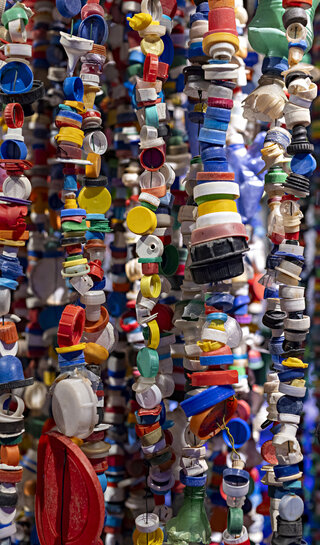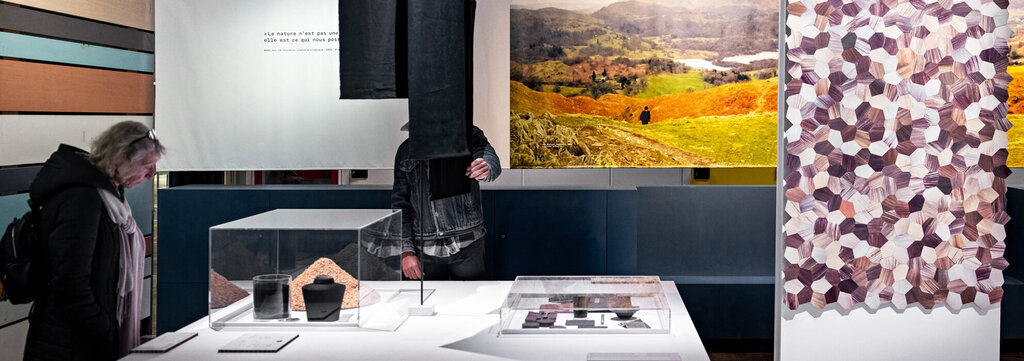The exhibition

Giving a second life to waste does not rule out aesthetics or innovation – far from it. It presents a new generation of designers who are rethinking our relationship with everyday items. The exhibition refutes the popular misconception that durable materials and objects must necessarily be tasteless or ugly, and reveals the formerly overlooked value of waste.
Practical informations
-
€13 | €10 | Our prices
-
From age 15
-
French exhibition English and Spanish available on smartphone
-
The Cité is open from Tuesday to Saturday 10.00 am - 6.00 pm and 10.00 am - 7.00 pm on Sunday.
Accessibility
- Accessible to visitors with reduced mobility
- Accessible to deaf and hard of hearing visitors

![[Translate to Anglais:] Site web du Design Museum (nouvelle fenêtre) (new window)](https://www.cite-sciences.fr/fileadmin/_processed_/0/c/csm_Design_Museum_300px_465d2f85e9.png)


